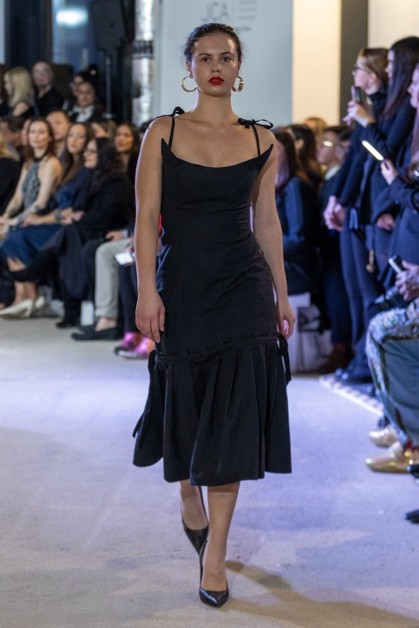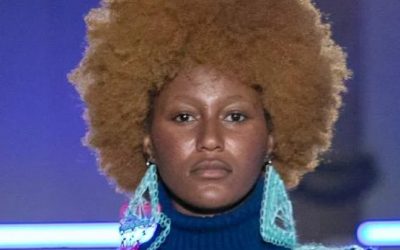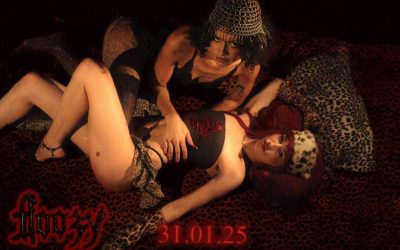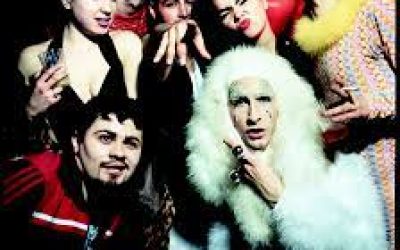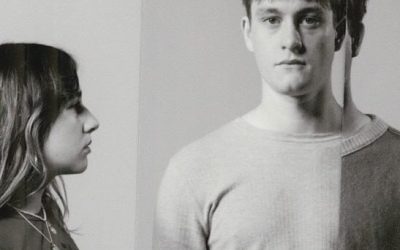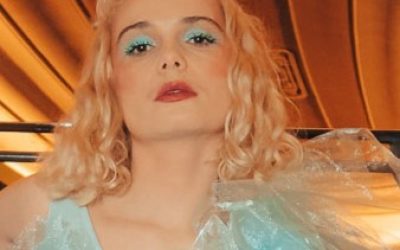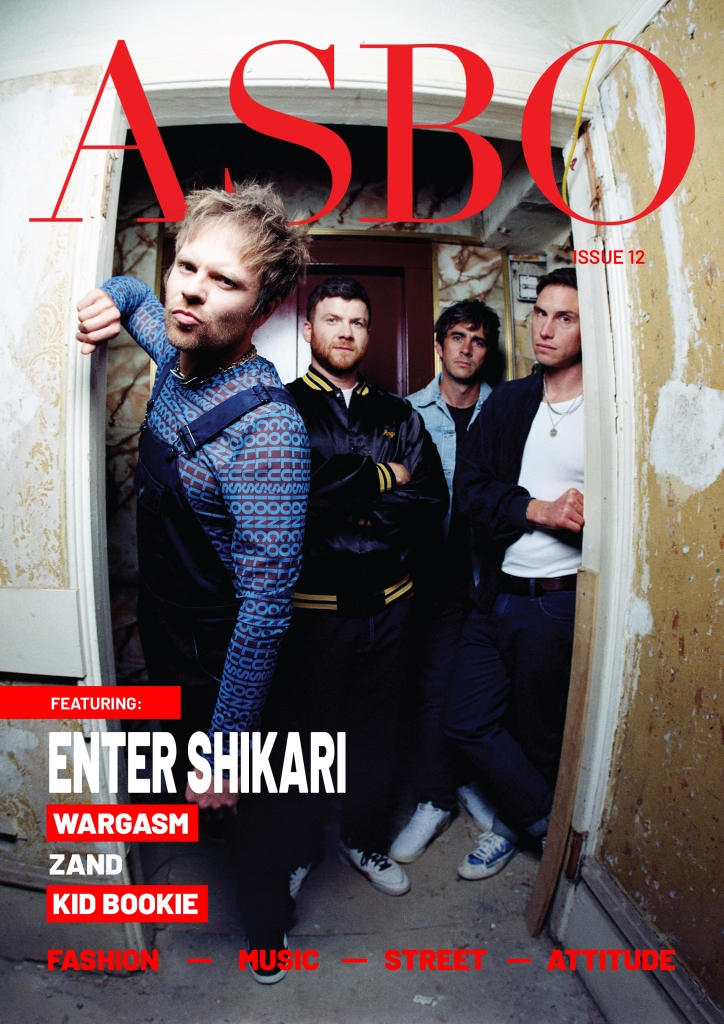W: Kalifa Gordon. I: JCA Gallery.
From designing for the elite, royalty and Hollywood’s major A-listers, Jimmy Choo has sought to give the younger generation of designers a chance at success and business opportunities. The JCA Gallery based in White City is at the heart of this new foundation. While preparing for the November showcase, I spoke with some fashion designers to get an insight into their creations and aspirations for the future.
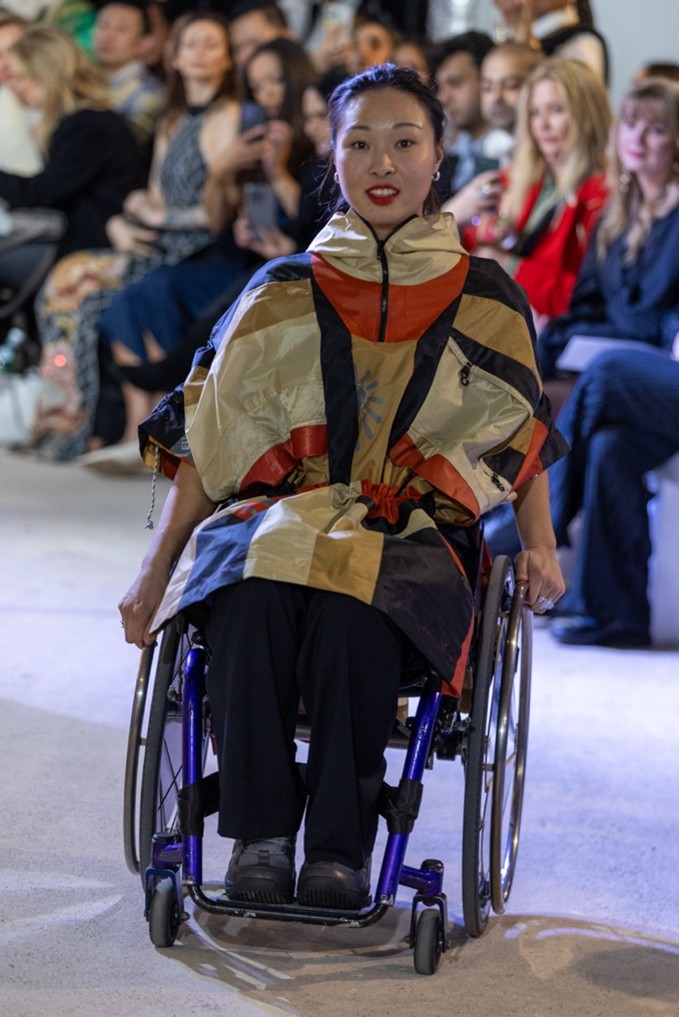
Speaking with Kaci Horseman on her collection her focus was on functionality and impressive designs for those that are disabled and non-disabled. She explained “its important for everyone to feel fashionable” and express themselves in unique ways not bound by their circumstances. Her collection’s theme was survival and environmentalism using camouflage patterns and mutli-functioning pieces that can be turned into other forms of wear such as dresses, skirts and jackets. In this way Kemp aims to make her designs sustainable, making her pieces multi-functioning and getting materials such as tents and lifejackets from OXFAM to reduce waste. In this way her future collections will aim to bridge the gap in high-fashion for disabled wearers
Student designer, Eleanor Hunter’s collection “Average George” featured professional smartwear drawing from WWII’s inspirations and her late grandfather’s sentiments. The pieces involved technical fabrics such as ‘olmatex’ for “modular designs” and optional changes on the cuffs of sleeves to enhance the wearers’ experience in the design process, tuning their tastes and outfits together. The collections focus on espionage and had a modern twist for the 21st century, pin-tuck details taken from traditional tailoring techniques and enhancing the methods used. Hunter explained that the pieces were more male focused but could be worn by anyone. “focusing on empowerment and simplicity” and modernisation. She drew inspiration from the designs of Giorgio Armani and his specific placement of the gauge and shoulders, emphasising masculinity and strength to be emanated in the structure and form of the ‘Average George’ collection. In Hunter’s words “It’s not just your average a clothing. Any man will feel like a new man in “Average George.”
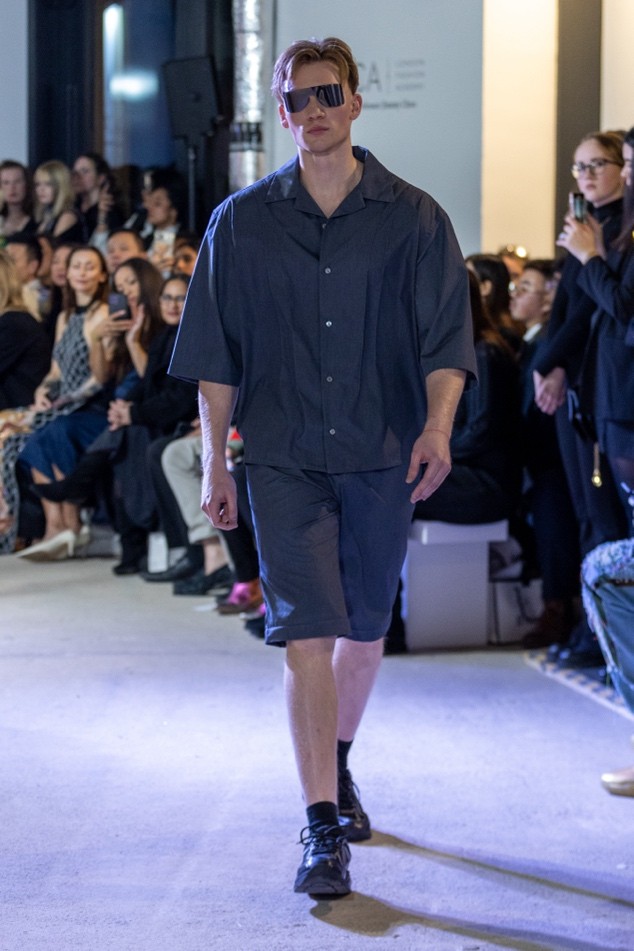
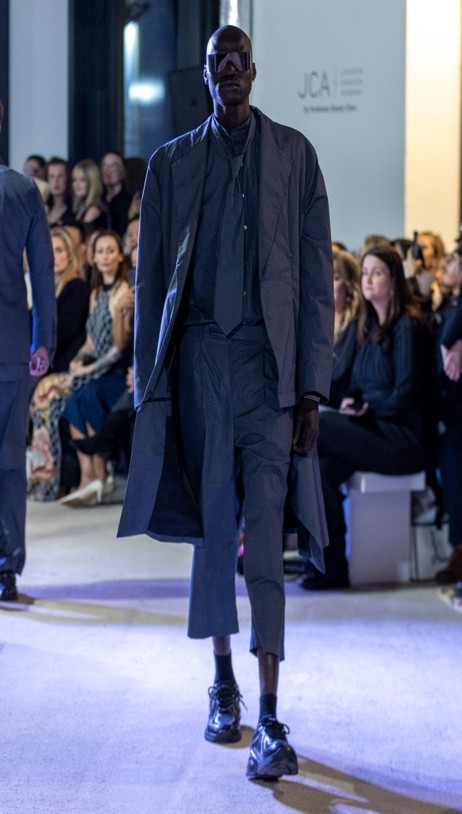
Madelaine, another student of the JCA gallery had a different focus on her pieces, highlighting the “invisible” social issue of ‘county lines’ where illegal drugs are transported through criminal exploitation using children as a means to expand this network, particularly through the use of phones and online chatting to groom minors into this activity. Madelaine’s statement piece used a plain black hooded cloak, with the train being enlarged to include smashed phones through and along the design’s circumference. The heaviness of the material showed the ‘burden’ that children carry when exploited by the drug trade. In understanding the impact the JCA has had on its students Madelaine commended the gallery on giving them quality exposure through the course and support after graduation, she particularly noted for her that an embroidery service is provided which has helped with enhancing skills and 1-2-1 lessons being available to students to give them the tools to market themselves and create a website for the development of their brands. The gratitude and honour was a shared feeling among the students I interviewed. Olivia black, the gallery curator, confirmed this sentiment and explained how students can attend castings with an agency and that lecturers get them involved in thinking business, encouraging them to venture outside their comfort zones and make the right creative decisions.
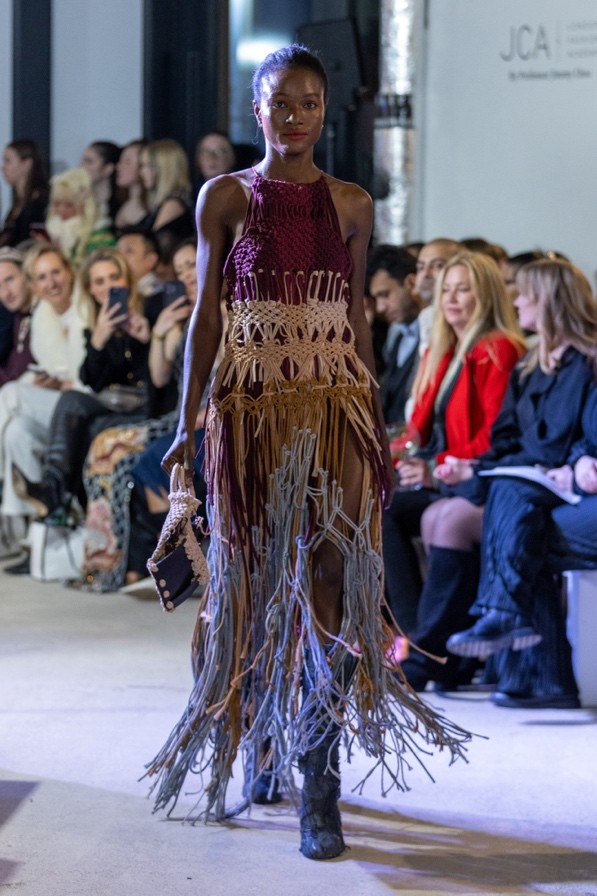
In Black’s collection she sought to break conventional bounds through genderless clothing, non-conformist designs and sustainably sourced textiles. Sustainability is at the heart of all the designers processes. Black wanted to re-emphasise reducing waste and eco-conciousness, being more aware of our environment and actions that contribute to toxic waste and harm to the planet. “Sustainability does not conform to gender so why should fashion” It was intriguing to see how Black worked with materials such as sleeping bags mixed with denim to create clothing that could be worn in unique ways, either as stand-a-lone or layered outfits. Being able to be worn by anyone of any background her clothes are made in all beings in mind. The androgynous style of wear combined with the theme of survival makes for a distinctive collection that many exploring identity and revolution would love and appreciate.
Going further into this exploration of expression and identity is student designer Kiri Booth, supporting Women’s Rights and Health and Queer Identity, her collection involved interchangeable designs, creating looks that are timeless and can be changed. In this way, wearers can have fun and the freedom to style their pieces. Combining traditional hand-stitching methods and modularity, Booth pays homage to early fashion and pageantry and putting futuristic ideas together.
